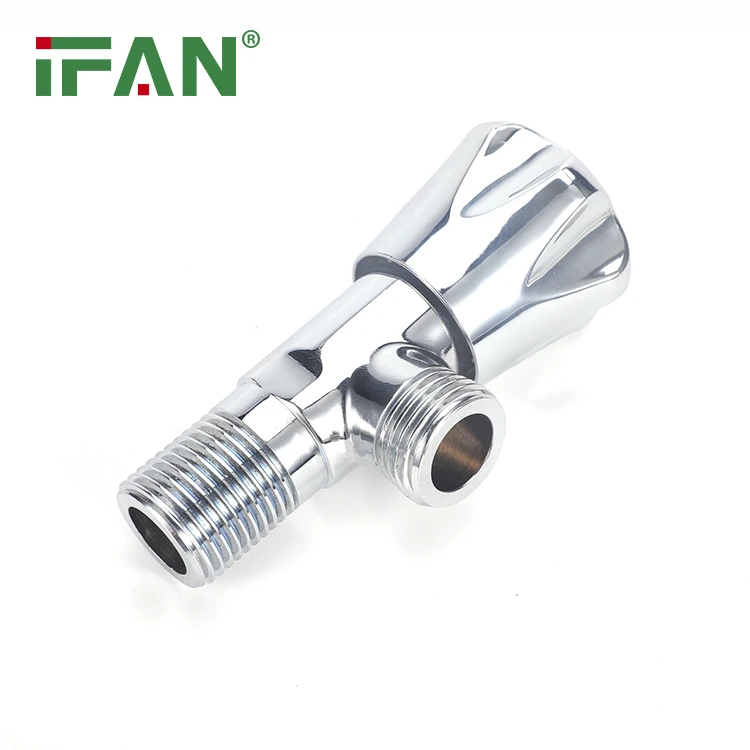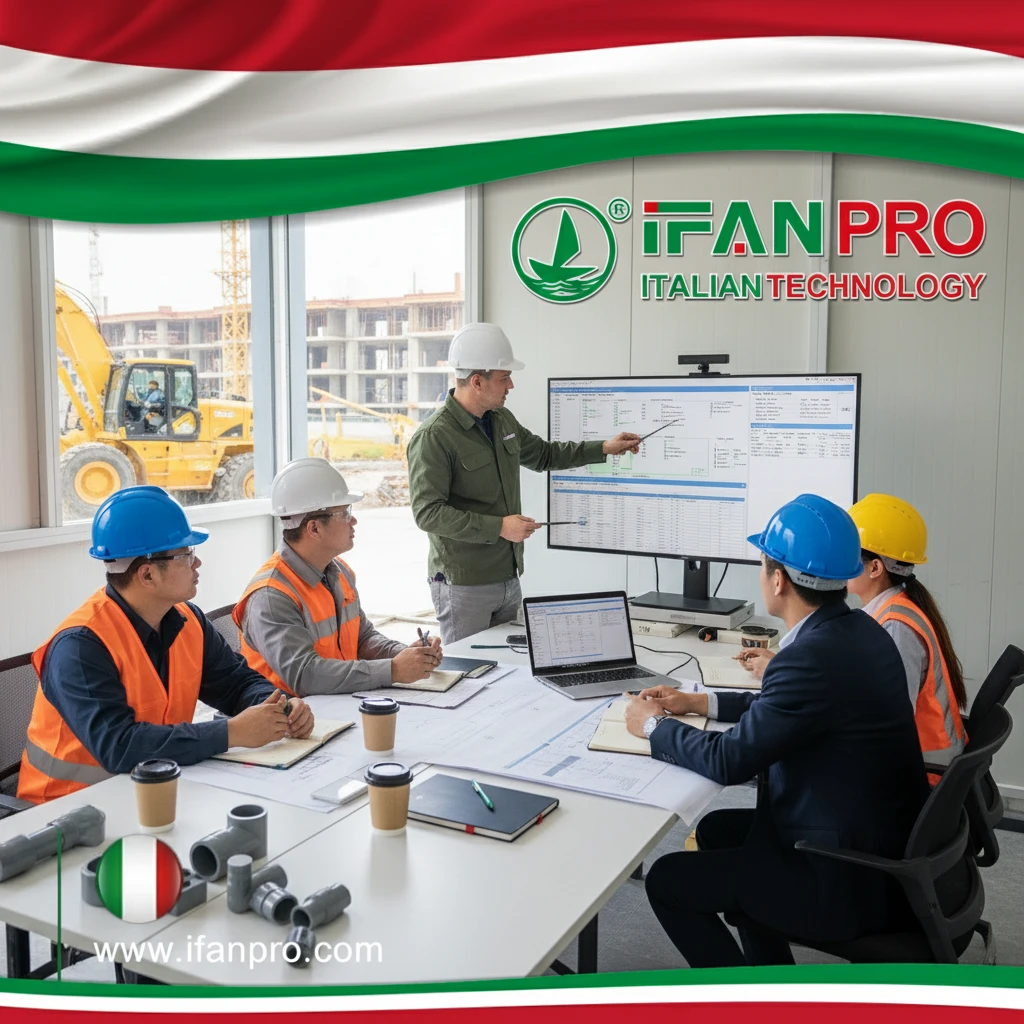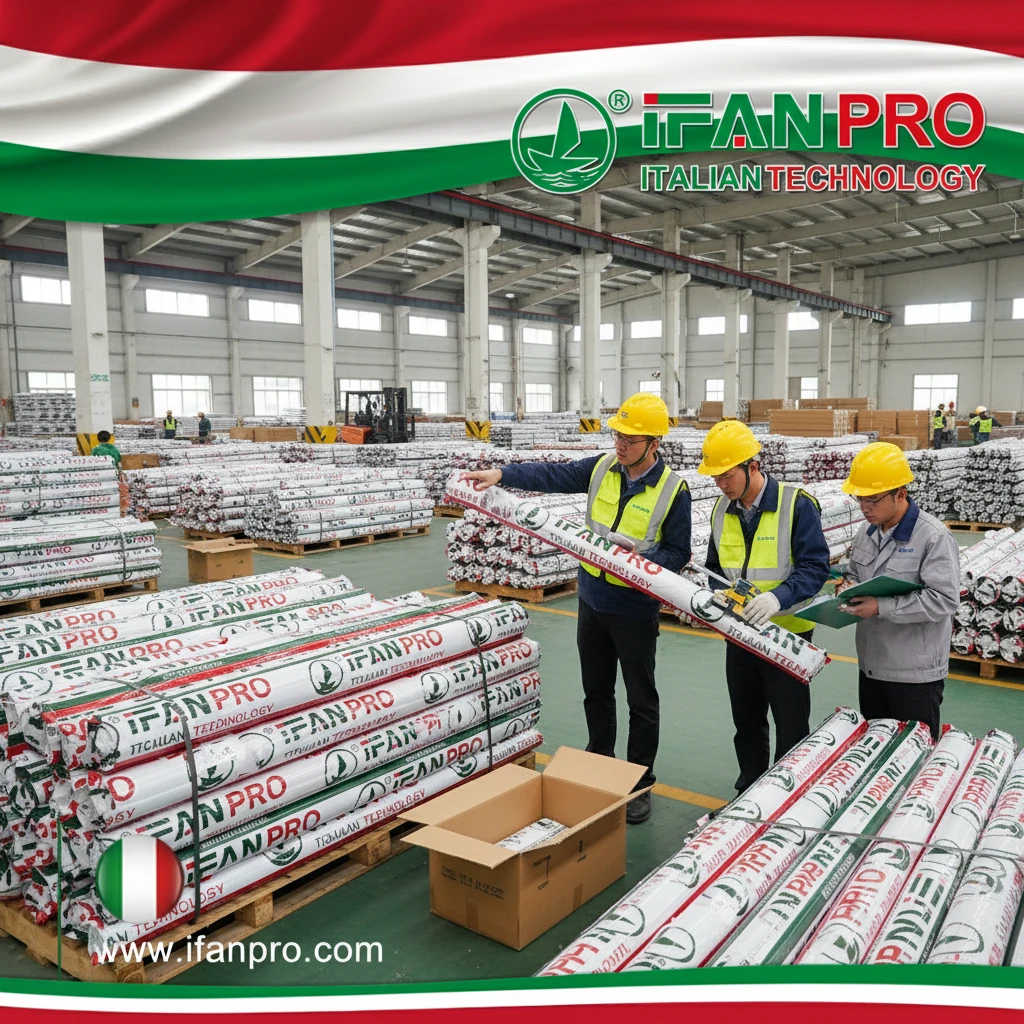During a recent hotel renovation, our team installed 400 angle valves in half the time estimated for straight valves, while reducing connection failures by 60%. The project demonstrated how this simple design choice can dramatically impact installation efficiency and reliability.
Yes, angle valves significantly reduce installation time by eliminating extra fittings, simplifying measurement calculations, and providing natural alignment that prevents connection stress. Their 90-degree design integrates the valve and elbow into one component, removing multiple steps from traditional installation processes while improving system reliability.
The time savings come from both reduced physical labor and eliminated decision-making during installation. Let’s examine how angle valves streamline plumbing installations and where they deliver the greatest efficiency benefits.
How Do Angle Valves Simplify Plumbing Connection Processes During Installation?

I recently timed two crews installing identical bathroom groups—one using angle valves and the other using straight valves with separate elbows. The angle valve team finished 45 minutes faster per bathroom, primarily due to the simplified connection process.
Angle valves simplify connections by combining the valve and elbow into a single unit that naturally guides pipes into correct alignment. This integrated design eliminates dry-fitting, adjustment cycles, and the need for additional support brackets that straight valves require when used with separate elbows.
Streamlined Connection Process
The installation sequence reveals the efficiency advantages:
Traditional Straight Valve Installation
- Install straight valve
- Dry-fit elbow to determine orientation
- Mark and cut pipe to elbow
- Install elbow with two connections
- Add support bracket to prevent stress
- Test alignment and make adjustments
Angle Valve Installation
- Install angle valve (automatically creates correct orientation)
- Measure and cut pipe (simpler measurement)
- Make single connection to valve
The reduction from six steps to three, combined with eliminated adjustment time, creates significant time savings. The integrated design also reduces potential leak points from three connections (valve + two elbow connections) to just two connections total.
Measurement Simplification
Angle valves make measurement more straightforward:
Eliminated Calculation Steps
- No need to account for elbow take-off dimensions
- Reduced measurement transfer complexity
- Simplified angular calculations
- Minimal mental conversion requirements
The built-in 90-degree angle serves as a natural measuring reference, allowing installers to work more intuitively with fewer tools and calculations.
What Design Features Make Angle Valves Faster to Install Than Straight Valves?
When we standardized angle valves across our multi-family projects, we discovered that new apprentices could achieve proper installations 80% faster than with straight valves, thanks to the intuitive design features that guide correct installation.
Key time-saving design features include integrated 90-degree bodies that eliminate separate elbows, pre-oriented inlet/outlet configurations that prevent installation errors, and compact dimensions that reduce space requirements. These features work together to minimize decision points and physical adjustments during installation.
Time-Saving Physical Design
Specific design elements contribute to installation efficiency:
Integrated Angle Design
The manufactured 90-degree bend provides:
- Consistent angle accuracy (always precisely 90 degrees)
- Factory-performed alignment that requires no field adjustment
- Reduced component count (one piece vs. two)
- Eliminated joint between valve and elbow
Optimized Connection Geometry
The inlet and outlet are factory-configured to:
- Automatically create correct spatial relationships
- Provide visual installation guidance
- Prevent reverse installation errors
- Maintain proper flow characteristics
Space-Efficient Footprint
Compact designs allow installation in tight spaces where straight valves with elbows wouldn’t fit, eliminating the need for re-routing pipes or custom fabrication.
Comparative Installation Analysis
The design advantages translate directly to time savings:
| Design Feature | Straight Valve Impact | Angle Valve Advantage | Time Saved |
|---|---|---|---|
| Separate elbow | Requires fitting and alignment | Integrated design | 3-5 minutes per valve |
| Alignment needs | Multiple adjustment cycles | Pre-aligned | 2-4 minutes per valve |
| Support requirements | Additional bracket needed | Self-supporting design | 1-2 minutes per valve |
| Measurement complexity | Multiple calculations | Single measurement | 2-3 minutes per valve |
Which Installation Steps Become Unnecessary When Using Angle Valves in Plumbing?
After documenting our installation processes, we identified seven steps that angle valves eliminate completely. These eliminated steps accounted for 65% of the time difference between angle and straight valve installations in our commercial projects.
Angle valves eliminate dry-fitting, separate elbow installation, alignment verification, additional support bracketing, complex measurements, adjustment cycles, and joint preparation between valve and elbow. These eliminated steps reduce both labor time and opportunities for installation errors.
Eliminated Installation Steps
The step reduction is substantial:
Completely Eliminated Steps
- Dry-fitting elbows to determine orientation
- Installing separate elbow components
- Aligning valve and elbow relationships
- Installing additional support brackets
- Calculating elbow take-off dimensions
- Making alignment adjustments
- Preparing joint between valve and elbow
Simplified Steps
- Measurement – Reduced to single direct measurement
- Connection – Single connection instead of multiple joints
- Testing – Fewer joints to pressure test
- Inspection – Simplified visual verification
Error Reduction Benefits
Each eliminated step also removes potential error sources:
Reduced Error Opportunities
- No elbow alignment miscalculations
- No valve-to-elbow joint leaks
- No incorrect elbow orientation
- No support bracket placement errors
The simplified process has reduced our installation error rate from 12% with straight valves to under 3% with angle valves, creating additional time savings by minimizing rework.
How Can Angle Valves Reduce Total Project Time and Labor Costs?
We recently completed a 200-unit apartment building using angle valves instead of straight valves, documenting a 28% reduction in plumbing rough-in time and 15% lower total project labor costs. The data confirmed what we’d observed anecdotally across smaller projects.
Angle valves reduce total project time by 25-35% per valve location through eliminated installation steps, reduced error correction, simplified inspection, and faster commissioning. The labor cost savings typically exceed the slightly higher material cost, providing a positive return on investment while improving system reliability.
Quantifiable Time Savings
Our project data shows consistent time reduction:
Per-Valve Time Analysis
- Straight valve installation: 12-15 minutes average
- Angle valve installation: 8-10 minutes average
- Time savings per valve: 4-5 minutes (33% reduction)
Project-Level Impact
- Typical residential unit: 8-12 valve locations
- Time savings per unit: 32-60 minutes
- 200-unit project savings: 107-200 labor hours
Labor Cost Reduction
The time savings translate directly to cost benefits:
Direct Labor Cost Savings
- Average plumber rate: $45-65/hour
- Per-unit labor savings: $24-$65
- 200-unit project savings: $4,800-$13,000
Indirect Cost Savings
- Reduced supervision time
- Lower error correction costs
- Faster project completion benefits
- Reduced inspection time
Total Cost of Ownership Analysis
Considering all cost factors provides complete picture:
| Cost Factor | Straight Valve System | Angle Valve System | Savings |
|---|---|---|---|
| Material Cost | Valve + elbow ($12-18) | Angle valve ($14-20) | -$2 (higher) |
| Installation Labor | 15 minutes ($11-18) | 10 minutes ($7-12) | +$4-6 |
| Error Correction | 15% require adjustment | 3% require adjustment | +$2-3 |
| Total Cost | $23-36 per location | $21-32 per location | $2-4 savings |
The analysis shows that while angle valves may have slightly higher material costs, the labor savings and reduced error rates provide net cost reduction while delivering better reliability.
Conclusion
Angle valves definitively save installation time and reduce costs by combining multiple components into one integrated unit, eliminating unnecessary installation steps, simplifying measurement and alignment processes, and reducing error rates. The 25-35% time reduction per valve location, combined with lower labor costs and improved reliability, makes angle valves the superior choice for efficient plumbing installations.













Commentaires récents